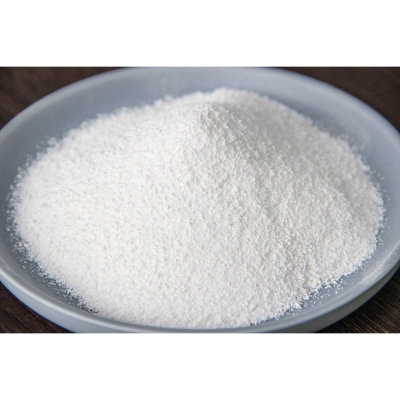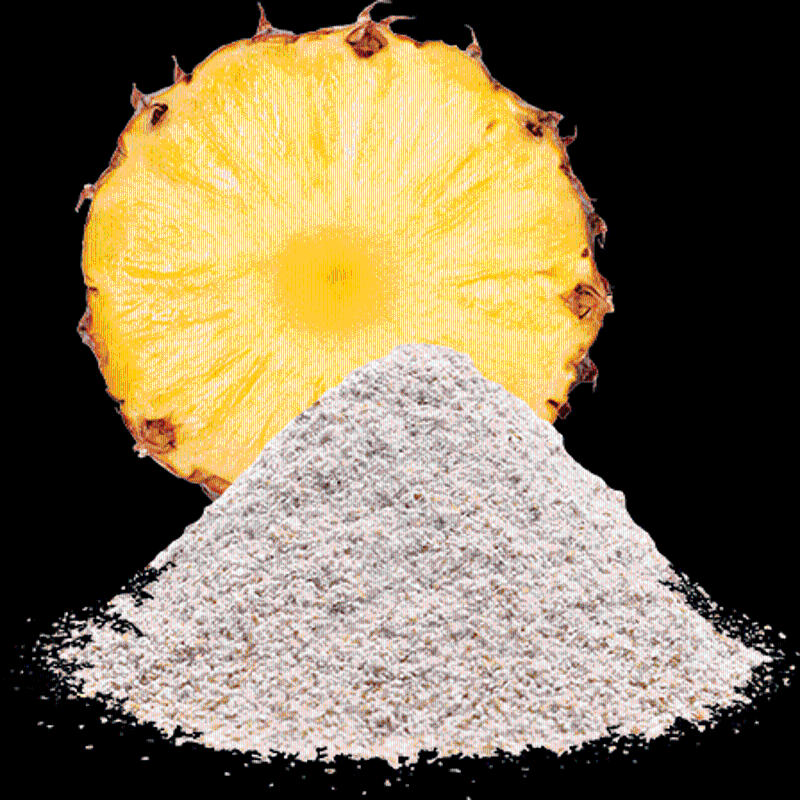-
Categories
-
Pharmaceutical Intermediates
-
Active Pharmaceutical Ingredients
-
Food Additives
- Industrial Coatings
- Agrochemicals
- Dyes and Pigments
- Surfactant
- Flavors and Fragrances
- Chemical Reagents
- Catalyst and Auxiliary
- Natural Products
- Inorganic Chemistry
-
Organic Chemistry
-
Biochemical Engineering
- Analytical Chemistry
-
Cosmetic Ingredient
- Water Treatment Chemical
-
Pharmaceutical Intermediates
Promotion
ECHEMI Mall
Wholesale
Weekly Price
Exhibition
News
-
Trade Service
Mid-autumn moon cakes are very important bakery products.
Preservation and preservation of Mid-Autumn Mooncakes
Mid-autumn moon cakes usually have two types of food safety problems, such as excessive microorganisms and oil oxidation and rancidity
Microorganisms exceeding the standard and their solutions
It is mainly manifested in three aspects: mildew, the total number of fungi exceeds the standard, and the yeast causes corruption.
Except for some products with particularly low moisture content, such as Yunnan-style moon cakes, almost all Mid-Autumn moon cakes are at risk of mold growth
Mooncakes with high moisture content, such as snow skin mooncakes, crystal mooncakes, peach mountain cakes, and mung bean sorbet, are also prone to exceeding the total number of fungi
Since the national safety standards do not stipulate yeast-related indicators, many companies usually ignore the control of yeast
Oxidative rancidity of oil and its control
The deterioration of oil is usually directly related to the oxidation of oil.
Ways to prevent oil oxidation: a.
Enzymes can also cause the deterioration of oil, such as lipase, which will promote the rancidity of oil, which is manifested as "acid value" exceeding the standard
Quality Improvement of Mid-Autumn Mooncakes
Cantonese-style mooncakes (syrup skin mooncakes) and their ingredients
Question 1.
Reason: sugar, oil and flour are not fully integrated, and the cake skin is soft; when the cake is wrapped, the cake skin is too much, and the waist cake skin is heated and diarrhoea during baking
Solution: The rawhide is still for a long enough time; the refractive index of the invert syrup is controlled between 78 and 82; the addition amount of invert syrup and oil is properly controlled, not more than 75% and 30% (calculated by flour); Additives with oil absorption, water absorption and emulsifying properties, such as "Compound Emulsifying Thickener (Syrup Skin Improver)" of Guangyi Company
Question 2.
Reasons: The flour gluten is too high or the gluten is stirred, resulting in high toughness and poor elongation, and cracks are caused by heating; the dough or cake embryo is placed for a long time, and the cake skin becomes dry and hard; the filling of the cake is exposed
Solution: adjust the flour gluten degree to the appropriate range, use high and low gluten flour in a ratio of 1:4 or 1:3; budget for a good time to ensure that the crust is used in the best state; use a modifier that can increase the extensibility of the crust , such as Guangyi Technology's "Compound Emulsifying Thickener (Syrup Skin Improver)", which can better wrap the filling
Problem 3, swelling waist, collapse, big feet
Reason: The moisture content of the filling is high, and the filling is soft; the oil and sugar ratio of the filling is too high, and it becomes soft when baking, which is not enough to support the weight of the cake; the filling is stirred and aerated when the cake is wrapped (or the filling is not vacuumized) , the baking is heated and expanded, resulting in big feet and swollen waist
Solution: The refractive index of the filling is controlled between 70-72 (the moisture is controlled at 21%-24%); the filling is vacuumed before use; the modifier with emulsification and thickening function is selected, such as the compound of Guangyi Technology.
Equipped with emulsifying thickener (texture stability) to make sugar and oil more stable and resistant to baking
.
Question 4.
The crust is blistered, peeled off, and oil seeps
Reasons: The cake skin has a lot of oil and is unstable, and the phenomenon of "frying" occurs at high temperature, which leads to foaming; too much alkaline water is added in the formula, and the expansion degree is large during baking; , seepage oil
.
Solution: Control the amount of oil added in the crust, generally not more than 30% of the flour; strictly control the amount added according to the acidity of the syrup and the water performance; control the amount of oil added to the filling; choose a modifier that can improve the stability of the oil
.
(He Song)
"China Food News" (05 edition on April 12, 2021)
(Editor-in-charge: Bao Xiaotie)







